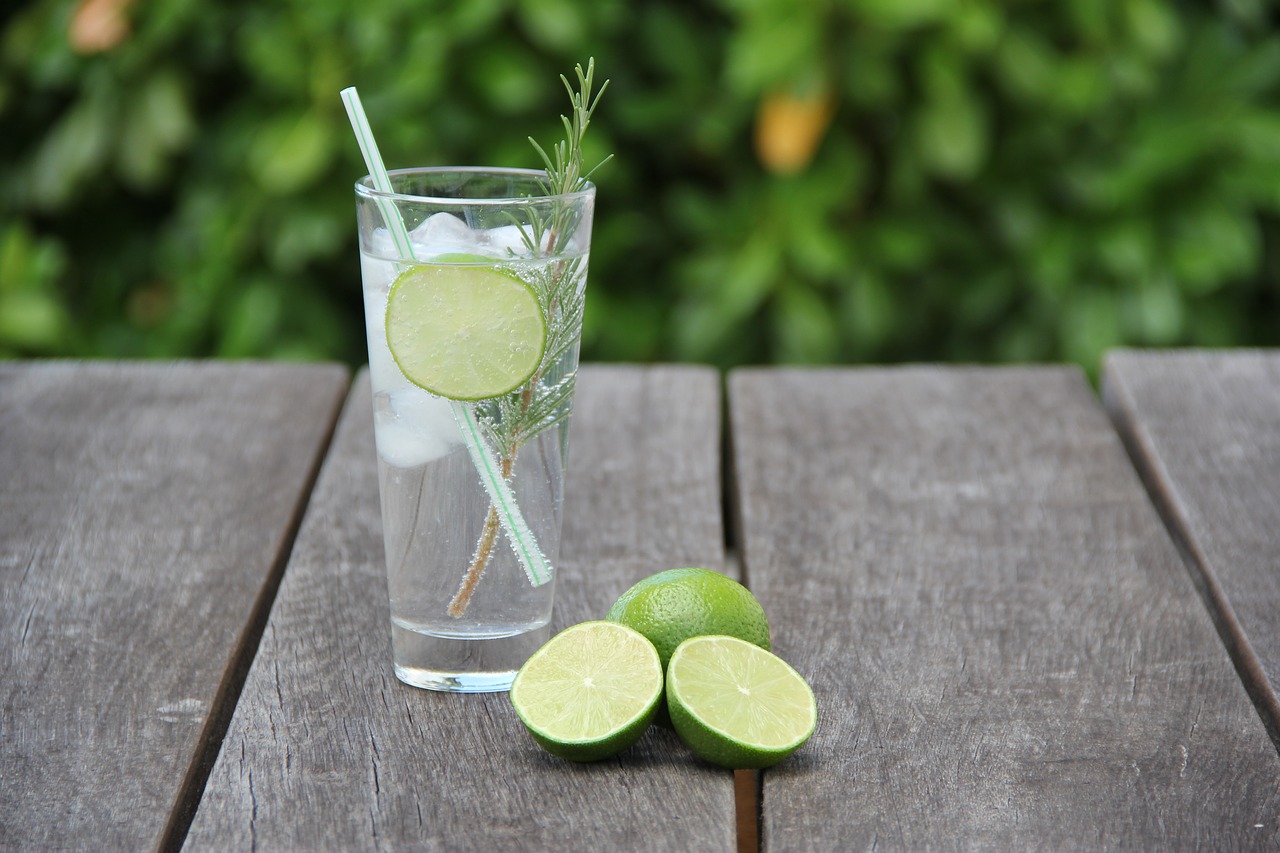Derived from Holland’s original “jenever” spirit, Gin offers various profiles that revolve around juniper as the common ingredient producing its flavor. Having evolved from its use as herbal medicine in the 13th century to a common British elixir, it has made an impact on history.
During the “Gin Craze” (1695-1735) over 15,000 drinking establishments in London were Gin shops. The liquor is a major part of England’s history with riots occurring in the streets after the first attempt to regulate production in 1736, which was not fully successful until 1751.
As a common base for classic cocktails, including French 35, Pimm’s Cup, Tom Collins, Gin and tonic, Martini, Negroni, Gimlet and more, Americans adopted Gin during the speakeasy, Prohibition-era period of our own history.
Europeans categorize the alcohol in three distinct styles:
Gin
This is a juniper-flavoured spirit made not via the redistillation of botanicals, but by simply adding approved natural flavouring substances to a neutral spirit of agricultural origin. The predominant flavour must be juniper.
Distilled gin
Distilled gin is produced exclusively by redistilling ethanol of agricultural origin with an initial strength of 96% ABV (the azeotrope of water and ethanol) in stills traditionally used for gin, in the presence of juniper berries and of other natural botanicals, provided that the juniper taste is predominant. Gin obtained simply by adding essences or flavourings to ethanol of agricultural origin is not distilled gin.
London gin
London gin is obtained exclusively from ethanol of agricultural origin with a maximum methanol content of 5 grams per hectoliter of 100% ABV equivalent, whose flavor is introduced exclusively through the re-distillation in traditional stills of ethanol in the presence of all the natural plant materials used, the resultant distillate of which is at least 70% ABV. London gin may not contain added sweetening exceeding 0.1 grams of sugars per liter of the final product, nor colorants, nor any added ingredients other than water. The term London gin may be supplemented by the term “dry”.
My recent travels to France, inspired this month’s cocktail recipe. This lovely French inspired Gin Spritzer that will remind you of a blooming garden on a beautiful late spring day.
Rose and Tarragon Gin Spritzer
Serves: 2
Ingredients
- 3 ounces Gin
- Sprigs of fresh tarragon
- Ice
- Sparkling Rose, chilled
- Rose petals for garnish
Instructions
- In a cocktail shaker filled with ice add the gin and a sprig of fresh tarragon. Let sit for a few minutes and then shake well and strain into a cocktail glass.
- Top off the glass with chilled sparkling rosé. Garnish with a rose petal and a fresh sprig of tarragon.
Travel Tip: Where to Enjoy a Great Cocktail in Strasbourg, France – Code Bar
My Favorite Gin: Isle of Harris Gin from Scotland.


Comments are closed